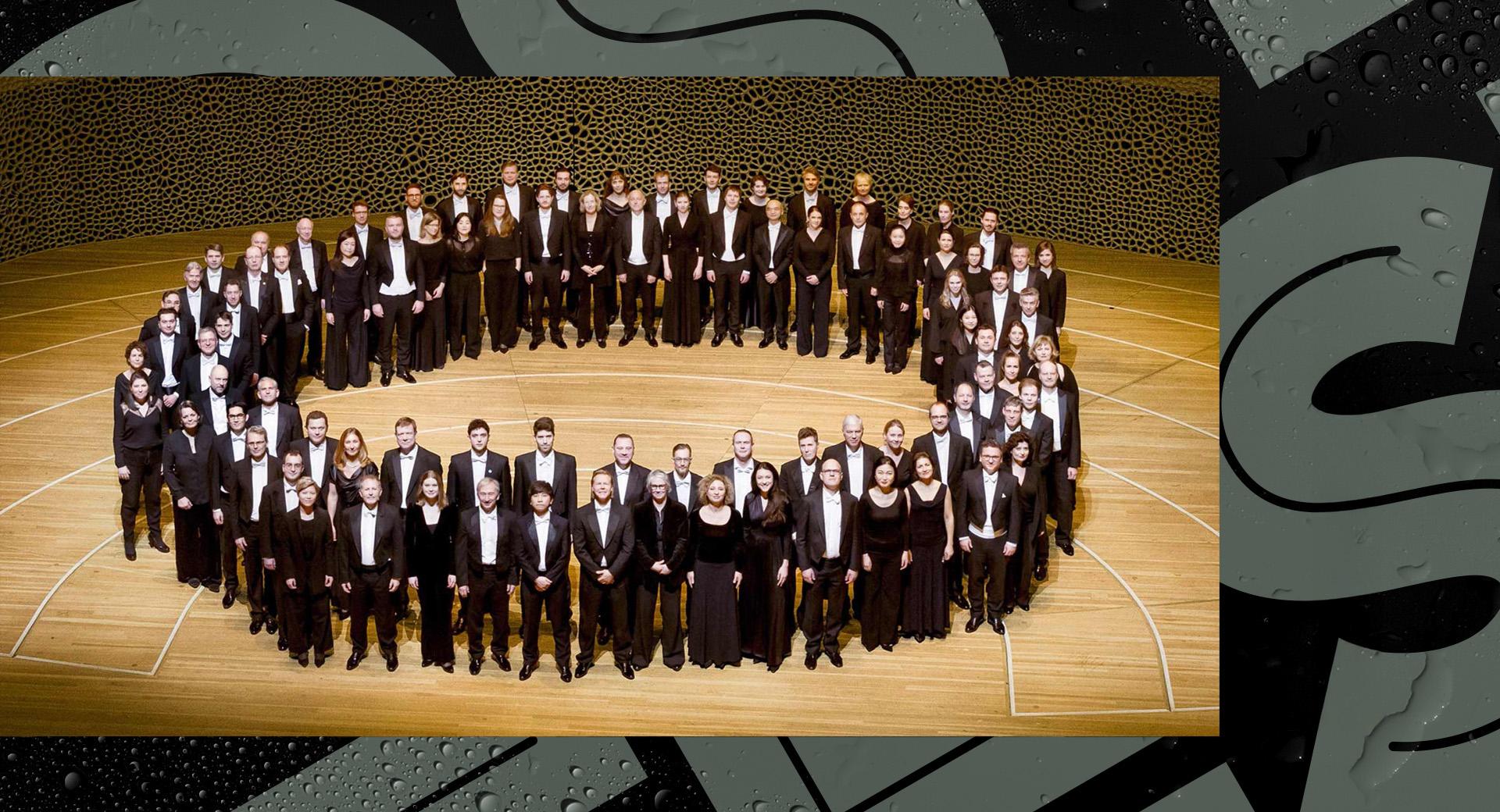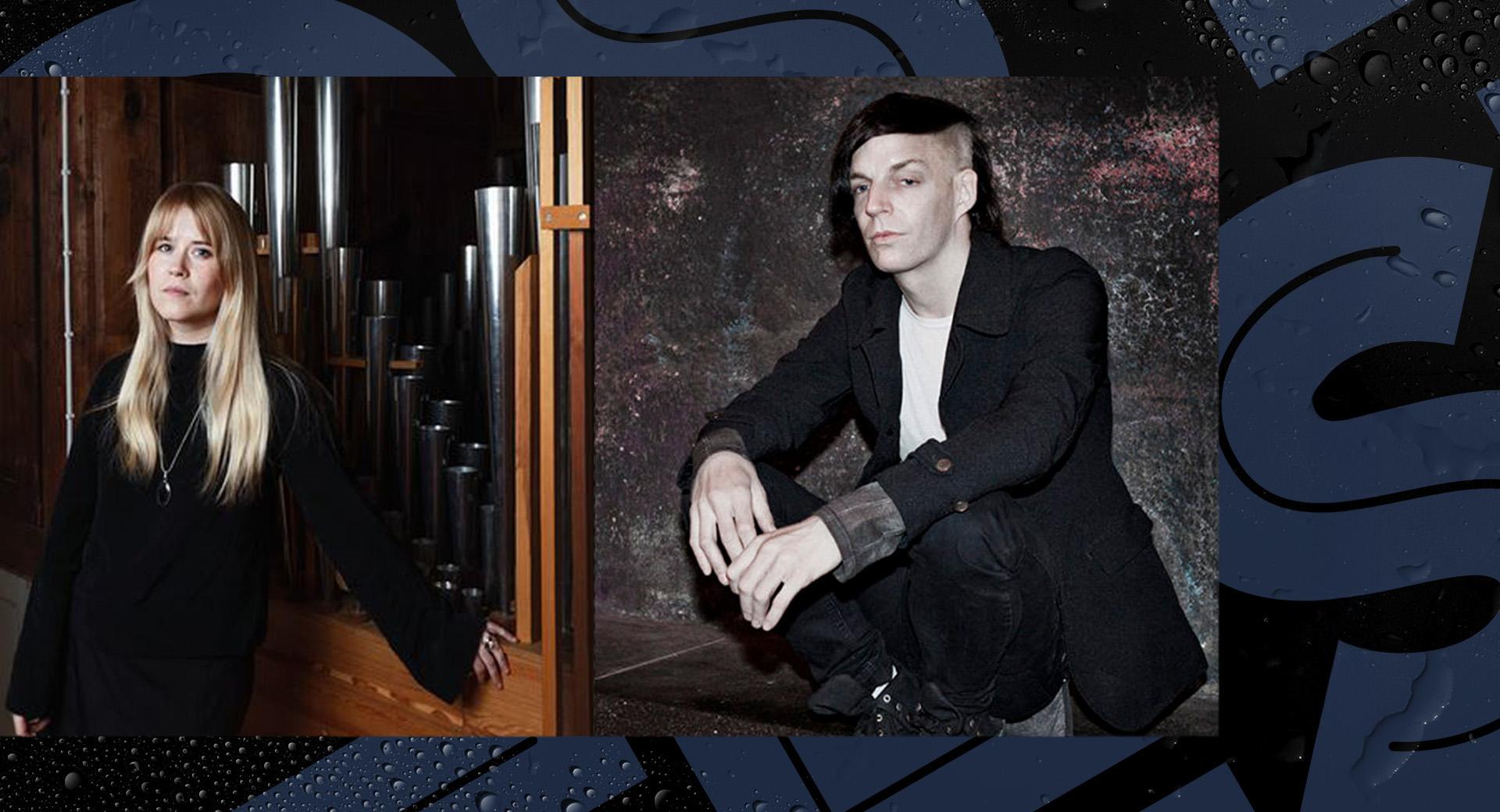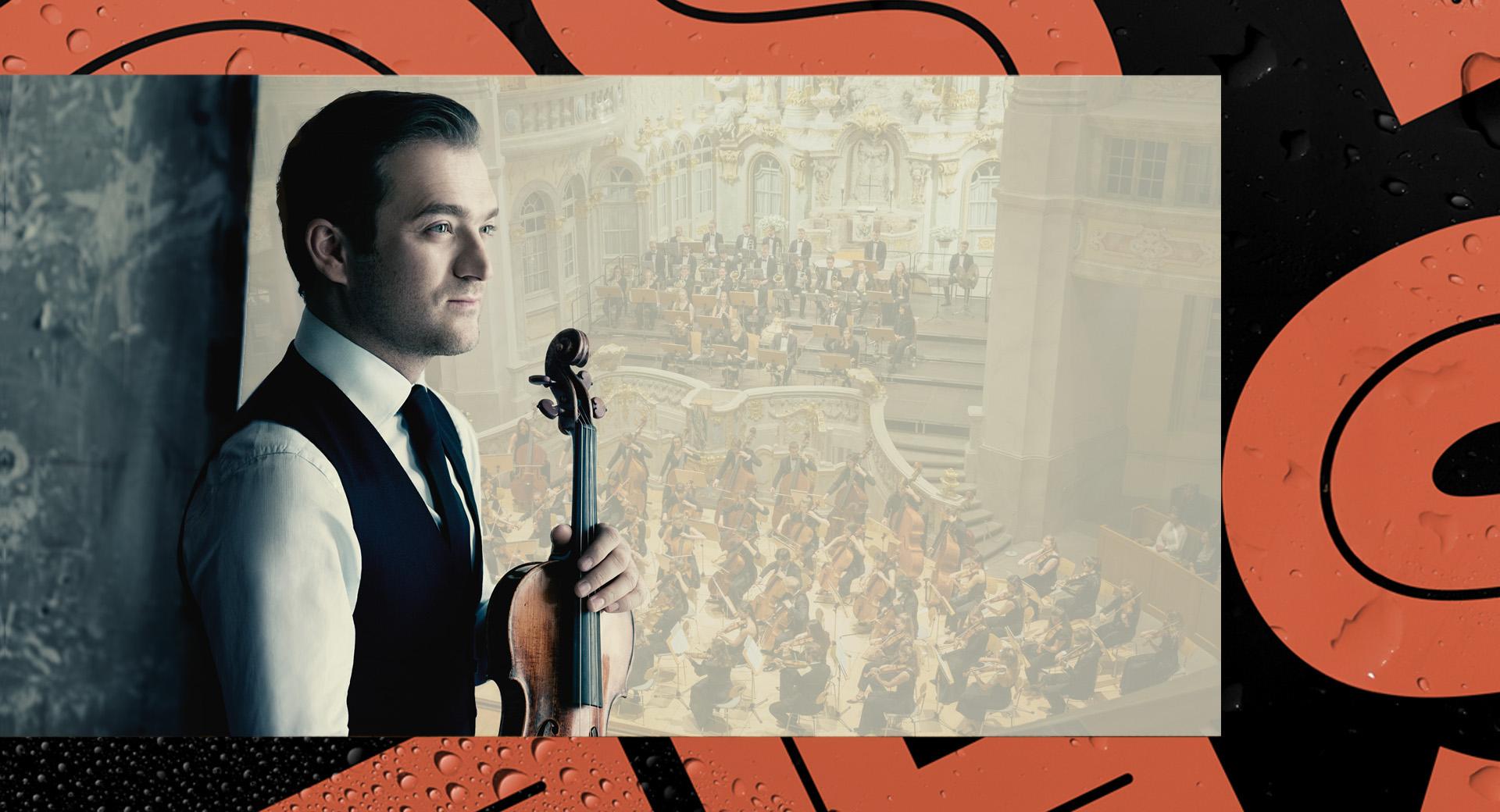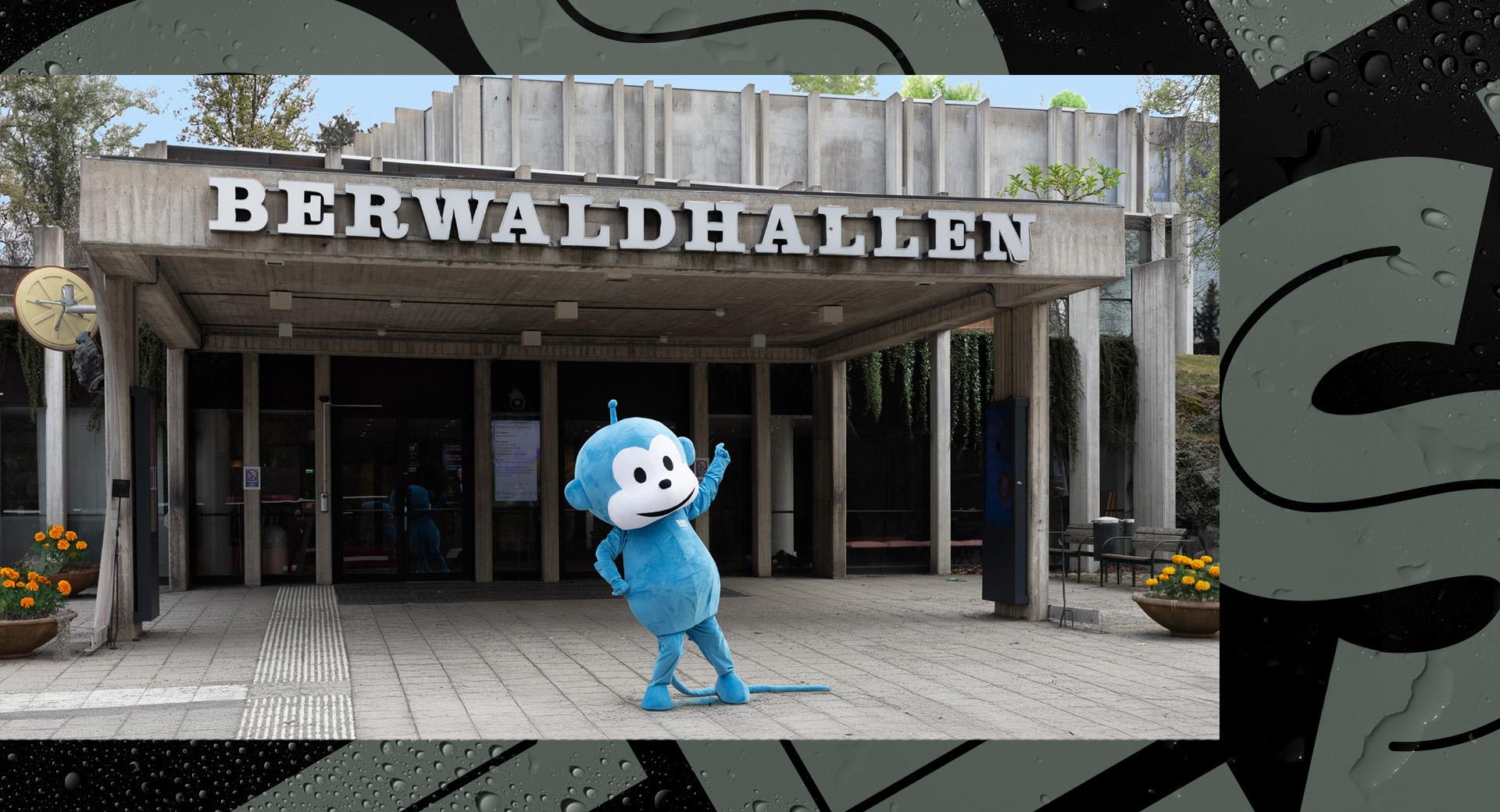A Paean to Love with the Swedish Radio Choir and Kaspars Putniņš
The Song of Songs has puzzled people for centuries. How do these explicitly erotic texts fit into the religious tradition? The Swedish Radio Choir under Kaspars Putniņš in collaboration with video artist Roberts Rubīn, painter Kristīna Rubīne and Etienne Glaser as reciter celebrate life and the power and marvels of the physical world through three works by 20th century composers. The expressiveness of Daniel-Lesur’s mighty choral composition Le Cantique des Cantiques is well balanced by Ton de Leeuw’s intimate composition for twelve voices, Car nos vignes sont en fleurs, and Messiaen’s tender Cinq Rechants in an invented language. The Radio Choir perform the piece in unison with solo performances by the singers, which intensifies the significance of the message.
This production is part of one or more concert series.




